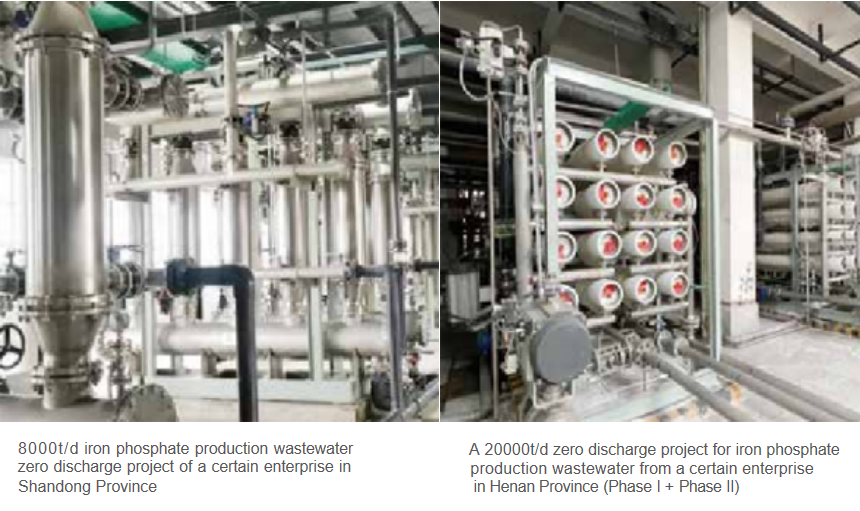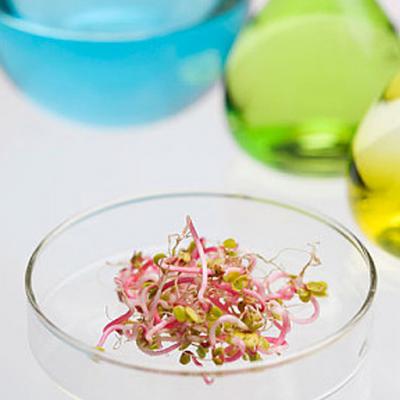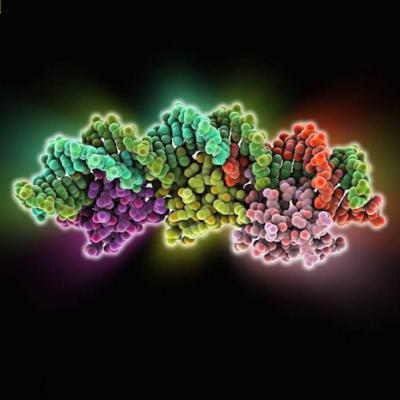Zero discharge of iron phosphate wastewater
At present, the production process of iron phosphate mainly adopts the ammonium method and sodium method, and each ton of iron phosphate produces 50m3~70m3 of production wastewater. Iron phosphate wastewater has the characteristics of high TDS, low pH value, high COD, high temperature, and high impurity ions (iron, manganese, magnesium, calcium). The traditional process for treating iron phosphate wastewater has shortcomings such as poor pre-treatment efficiency, severe membrane pollution, low product salt quality, unstable reused water quality, and high reagent consumption. The industry urgently needs to develop reliable zero discharge technology for iron phosphate wastewater to ensure the stable operation of the iron phosphate production process.
In response to the demand for zero discharge of wastewater from the production of iron phosphate, JIUWU HI-TECH has independently developed sedimentation reaction coupled ceramic membrane separation technology, deep deionization technology, membrane method acid water reuse technology, and efficient membrane integrated concentration technology. It has achieved the successful operation of the first domestic sedimentation reaction coupled ceramic membrane separation zero discharge project for iron phosphate wastewater.
Technical advantages
Advanced preprocessing technology:
Can reduce metal ions such as calcium, magnesium, iron, and manganese to 1ppm, while effectively removing COD and reducing subsequent membrane system loads;
System operation and stable water quality:
The system is mature, resistant to water quality fluctuations, stable production water quality,
and conductivity of recycled water ≤ 10 μS/cm;
Saving medication costs:
Efficient reuse of over 80% of acidic washing water, saving a large amount of ammonia reagent
and sulfuric acid used for pH adjustment;
Savings in civil engineering investment:
The process flow is short, reducing the volume of the reaction tank and reducing the floor area.

Main process
Anaerobic Digestion + Two-Stage AO Biochemical Method + MBR + Dual Membrane System Process + Advanced Oxidation + High-Pressure Reverse Osmosis.
Technical advantages
The process has strong impact resistance, impact load resistance, low investment, stable operation, low energy consumption, and can recover energy;
Adopting ozone oxidation, hydrolysis acidification, and internal circulation aeration technology in biofilters to ensure the up-to-standard discharge of wastewater;
It can achieve 70% to 100% wastewater reuse, used for cooling circulating water replenishment, boiler replenishment, and generating biogas for recycling.

A 1500t/d fuel ethanol production wastewater deep treatment and water reuse project for a certain enterprise in Hebei Province.



we will contact you within 24 hours.
 +86-25-58849045
+86-25-58849045
 +86-25-58749295
+86-25-58749295
 jiuwu@jiuwu.com
jiuwu@jiuwu.com
 No. 9 Park Road, Pukou District, Nanjing City (Sanqiao Factory)
No. 9 Park Road, Pukou District, Nanjing City (Sanqiao Factory) Call us on:
Call us on:  Email Us:
Email Us:  No. 9 Park Road, Pukou District, Nanjing City (Sanqiao Factory)
No. 9 Park Road, Pukou District, Nanjing City (Sanqiao Factory)

 English
English 한국어
한국어 français
français русский
русский Español
Español
